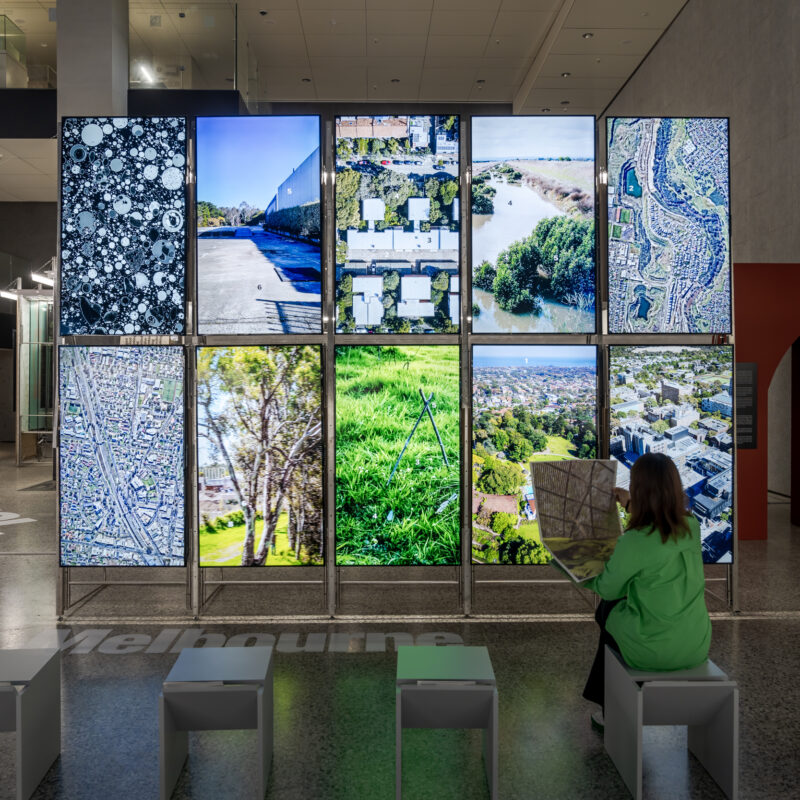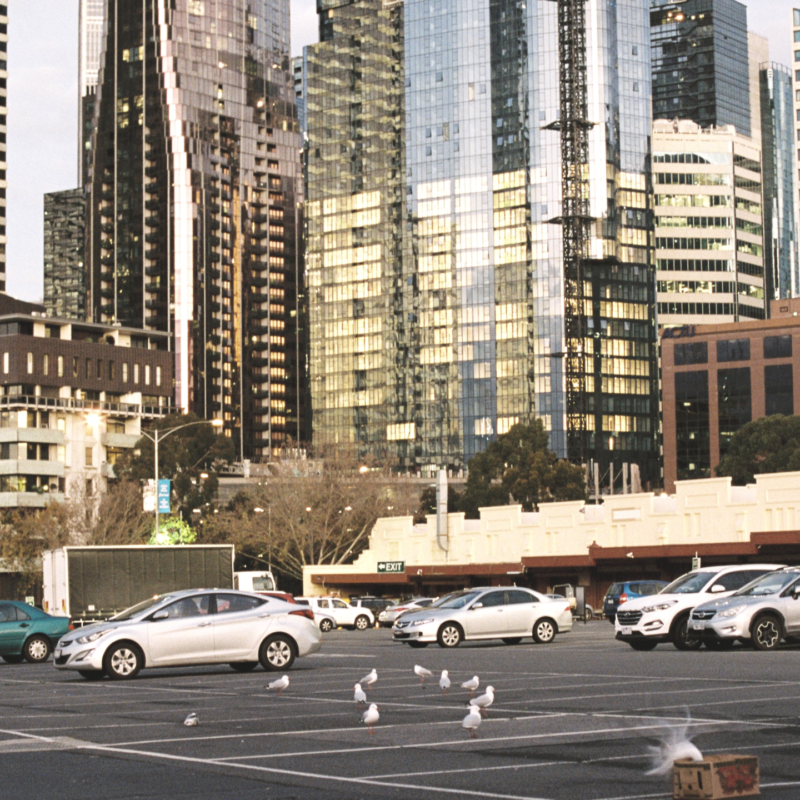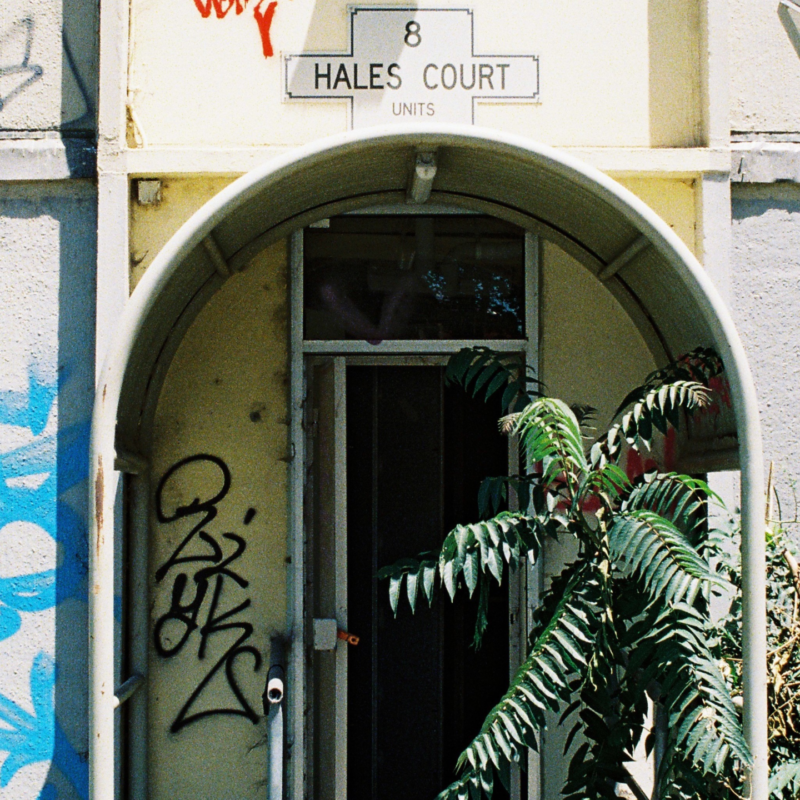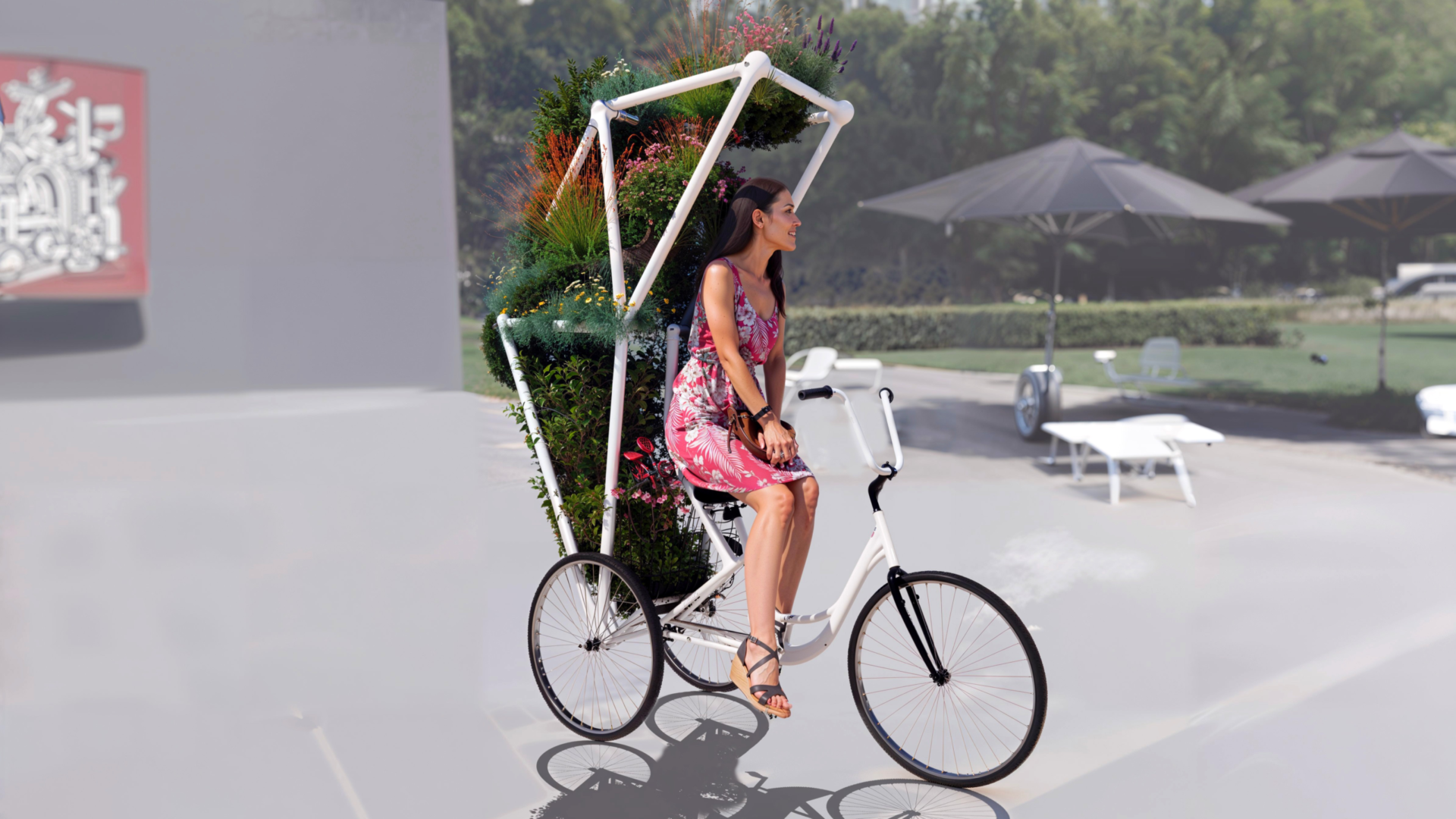
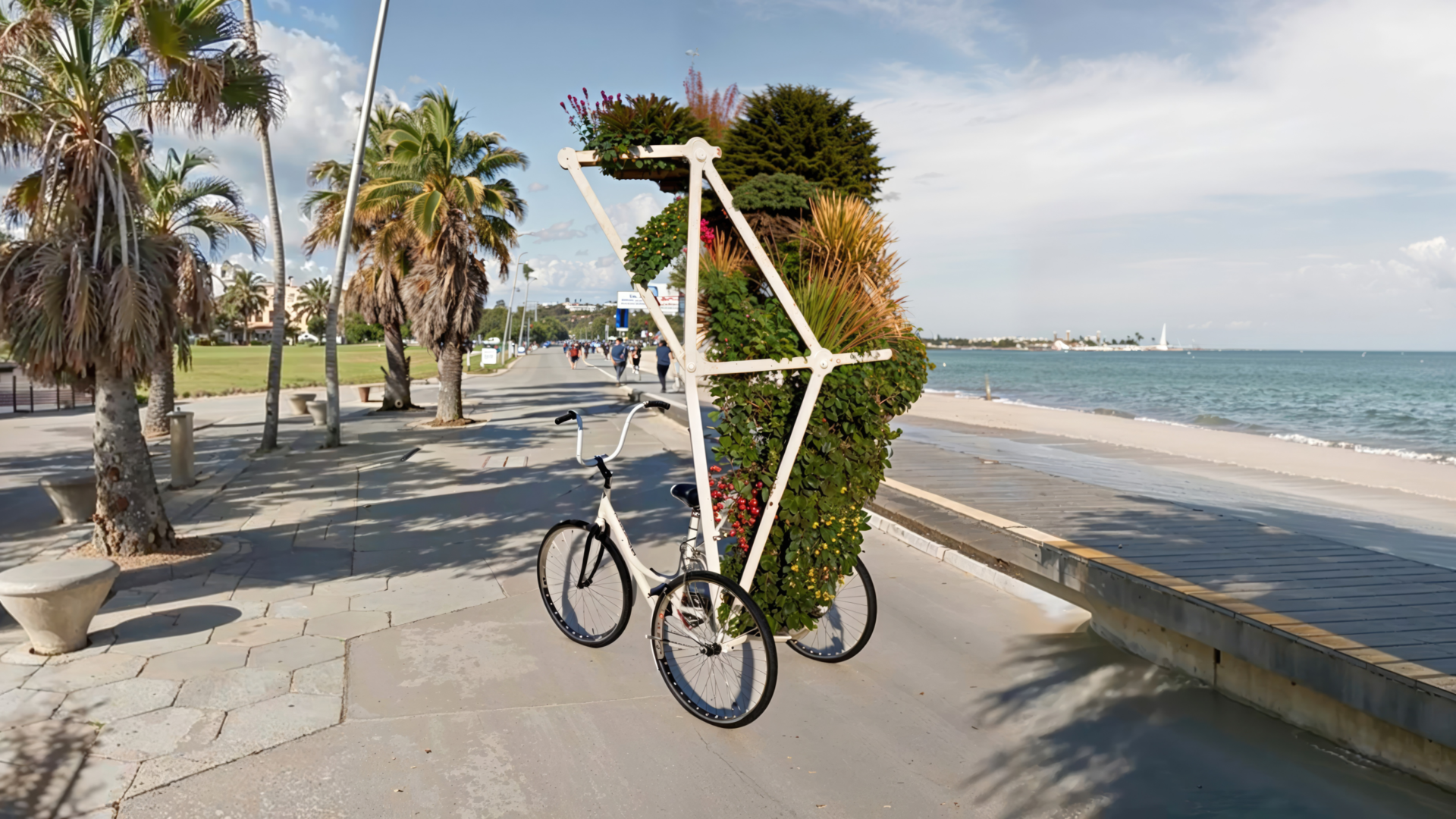

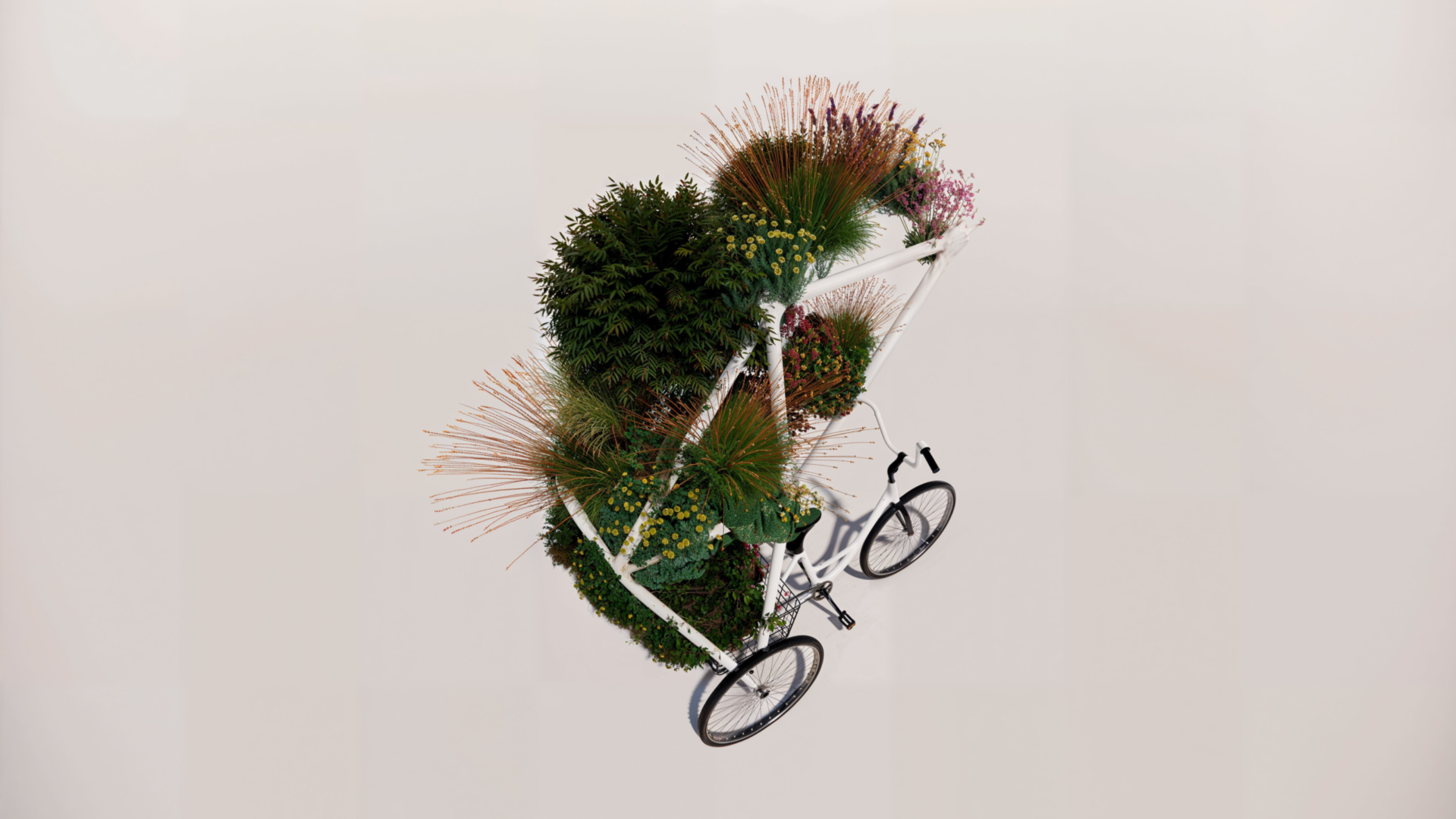
Mobile Garden Past Event
Tickets
Dates
Venue
Access
Assistance animals welcome, Wheelchair accessibleThe Mobile Garden is a dynamic installation that will traverse the streets of Melbourne during the Design Week. Mounted on a specially designed tricycle, it’s a mobile oasis that brings people and greenery closer, creating spontaneous opportunities for new encounters and interactions. This moving garden is not just a showcase of design innovation but a practical response to the growing need for accessible green spaces in urban areas, emphasizing the importance of sustainability, community, and well-being in design practices.
Mobile Garden is a moving piece of art and nature, reflecting on the importance of green spaces for mental and physical health, and to inspire conversations about how we can collectively enhance urban environments. This project is a testament to the power of design in addressing environmental challenges and creating meaningful, positive changes in all communities.
The word “Mobile” has its origins tracing back to the late 15th century: derived from French, it stems from the Latin word “mobilis”, based on “movere,” which means ‘to move.’ This historical etymology lays the foundation of Mobile Garden – a design concept deeply rooted in the essence of mobility.
Mobility goes beyond movement—it’s about communication. In today’s fast-paced world, where constant movement is the norm, this concept redefines mobility as a sociological action that fosters interaction and connection. It emphasizes the significance of dialogue among humans and between humans and their environment. This interaction is at the core of the project, reflecting a deeper understanding of mobility’s transformative power.
Acknowledging the projection that access to green spaces will significantly decrease in many major cities over the next century, this project is timely and essential. In response to these challenges, the Mobile Garden aims to proactively integrate more greenery into urban landscapes, enriching daily experiences with nature.
Participants
After receiving a bachelor’s degree in Architecture in 2011, Pınar worked on timber construction for four years and obtained a Master’s degree in Architectural Design from Bilgi University in 2015. During this period, she received 3 awards in national architectural competitions. Until 2020, she was a lecturer, teaching architectural design studio courses at various universities for four years.She’s the co-founder of Synthetic Architecture. Working on ways of seeing in AI-aided architecture, Pinar conducts research on artificial intelligence concerning what is seen and beyond.
In 2006, Ozan graduated from Yildiz Technical University Faculty of Architecture. During his 20+ year professional career, he dedicated 3 years working on ecological structures. He is the co-founder of Synthetic Architecture. He particularly focuses on computer-aided design, intelligent simulation, production technologies, and interactive spatial planning strategies. Their research centers around how architects and AI/machines can collaboratively achieve autonomous building simulation, documentation, and construction processes.
Dates
Tickets
Venue
Access
Assistance animals welcome, Wheelchair accessibleThe Mobile Garden is a dynamic installation that will traverse the streets of Melbourne during the Design Week. Mounted on a specially designed tricycle, it’s a mobile oasis that brings people and greenery closer, creating spontaneous opportunities for new encounters and interactions. This moving garden is not just a showcase of design innovation but a practical response to the growing need for accessible green spaces in urban areas, emphasizing the importance of sustainability, community, and well-being in design practices.
Mobile Garden is a moving piece of art and nature, reflecting on the importance of green spaces for mental and physical health, and to inspire conversations about how we can collectively enhance urban environments. This project is a testament to the power of design in addressing environmental challenges and creating meaningful, positive changes in all communities.
The word “Mobile” has its origins tracing back to the late 15th century: derived from French, it stems from the Latin word “mobilis”, based on “movere,” which means ‘to move.’ This historical etymology lays the foundation of Mobile Garden – a design concept deeply rooted in the essence of mobility.
Mobility goes beyond movement—it’s about communication. In today’s fast-paced world, where constant movement is the norm, this concept redefines mobility as a sociological action that fosters interaction and connection. It emphasizes the significance of dialogue among humans and between humans and their environment. This interaction is at the core of the project, reflecting a deeper understanding of mobility’s transformative power.
Acknowledging the projection that access to green spaces will significantly decrease in many major cities over the next century, this project is timely and essential. In response to these challenges, the Mobile Garden aims to proactively integrate more greenery into urban landscapes, enriching daily experiences with nature.
Participants
After receiving a bachelor’s degree in Architecture in 2011, Pınar worked on timber construction for four years and obtained a Master’s degree in Architectural Design from Bilgi University in 2015. During this period, she received 3 awards in national architectural competitions. Until 2020, she was a lecturer, teaching architectural design studio courses at various universities for four years.She’s the co-founder of Synthetic Architecture. Working on ways of seeing in AI-aided architecture, Pinar conducts research on artificial intelligence concerning what is seen and beyond.
In 2006, Ozan graduated from Yildiz Technical University Faculty of Architecture. During his 20+ year professional career, he dedicated 3 years working on ecological structures. He is the co-founder of Synthetic Architecture. He particularly focuses on computer-aided design, intelligent simulation, production technologies, and interactive spatial planning strategies. Their research centers around how architects and AI/machines can collaboratively achieve autonomous building simulation, documentation, and construction processes.


